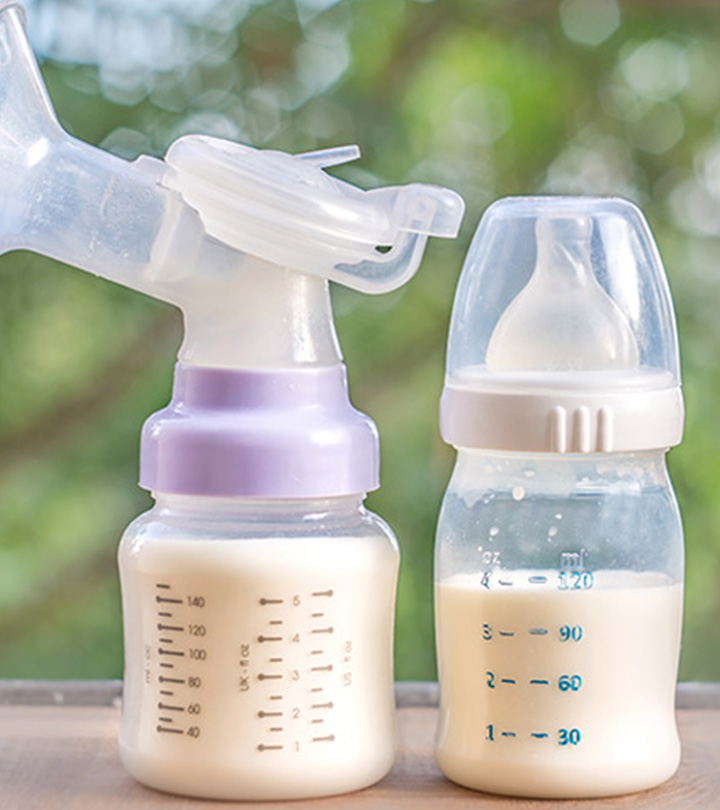
Understanding Breast Pumps: An Overview
Breast pumps are invaluable tools for nursing mothers, offering both convenience and flexibility in managing breastfeeding. Designed to extract milk from the breast, they come in various types, each catering to different needs and preferences. At their core, breast pumps help mothers provide breast milk even when they are away from their babies, ensuring that their little ones continue to receive the nutritional benefits of breastfeeding. This guide explores the different types of breast pumps, their benefits, proper usage, and maintenance tips, equipping you with the knowledge needed to make an informed choice.
Types of Breast Pumps: Manual vs. Electric
When choosing a breast pump, the two primary categories to consider are manual and electric pumps. Manual breast pumps are operated by hand, requiring the user to squeeze a handle or lever to create suction. They are typically more affordable and portable, making them ideal for occasional use or for mothers on the go. On the other hand, electric breast pumps are powered by a motor and offer a more consistent and efficient pumping experience. They come in single or double options, allowing for faster milk expression and often featuring adjustable suction levels. Electric pumps are suitable for daily use, especially for mothers who need to pump multiple times a day or who are returning to work.
Benefits of Using Breast Pumps
Breast pumps provide numerous benefits that can significantly enhance the breastfeeding experience. One of the main advantages is the ability to store breast milk for future use, which is particularly useful for working mothers or those who need to be away from their babies. Pumping can also help increase milk supply by stimulating the breasts and encouraging more milk production. Additionally, breast pumps can offer relief for mothers experiencing engorgement or mastitis, as they help to empty the breasts and alleviate discomfort. Moreover, pumping allows other family members to participate in feeding, fostering bonding and shared responsibility.
Proper Usage and Maintenance of Breast Pumps
To ensure the effective use and longevity of your breast pump, proper usage and maintenance are crucial. Before each use, it is essential to clean and sterilize all parts that come into contact with breast milk. This includes the pump flanges, bottles, and any other accessories. Most breast pumps come with detailed cleaning instructions, which should be followed meticulously. After each use, dismantle the pump, wash the parts with warm, soapy water, and allow them to air dry. Regular maintenance checks, such as inspecting for any signs of wear and tear, will help prevent potential issues. Additionally, keep the pump in a clean, dry place to avoid contamination and ensure optimal performance.tepelbescherming